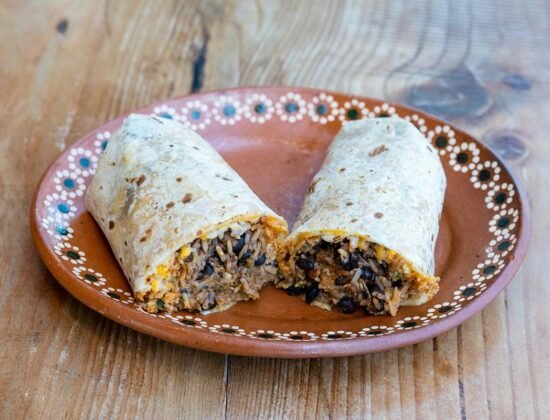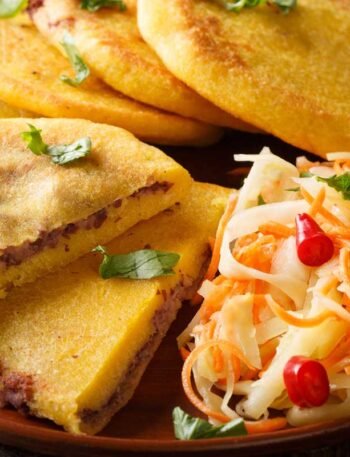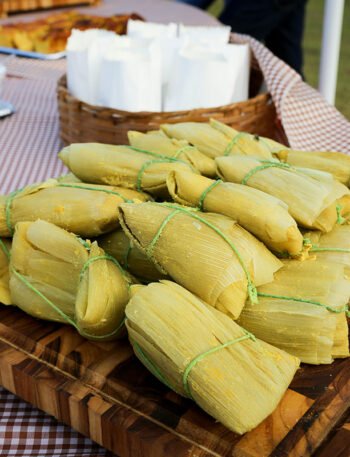When most people think of Mexican food, burritos are often one of the first dishes that come to mind. Overstuffed tortillas filled with rice, beans, cheese, meat, and vegetables have become a staple of Mexican restaurants across the United States and other countries. However, burritos are not as common in Mexico as many assume. While they are indeed Mexican in origin, their presence is far more regional and limited within the country. The burrito, as it is known internationally, is largely a product of northern Mexico and the U.S.-Mexico borderlands.
Understanding the real story of burritos requires looking at where they come from, where they are eaten in Mexico today, and how different they can be from the versions seen abroad.
Origins of the Burrito
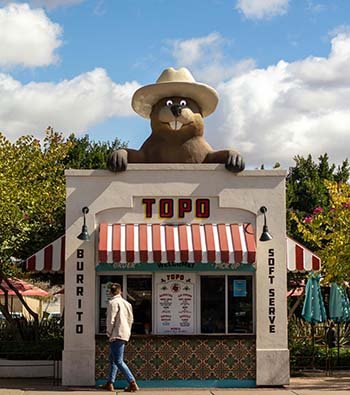
The word “burrito” means “little donkey” in Spanish, and there are several stories about how the dish got its name. One popular version suggests that a street vendor in northern Mexico carried wrapped food in a donkey cart, leading locals to refer to the food as “burritos.” Another explanation is that the rolled tortilla, packed with fillings and carried easily, resembled the bundles that donkeys often carried.
While these stories add charm, what’s more certain is that burritos emerged in the early 20th century in the northern states of Mexico, primarily in Chihuahua and Sonora. These areas have a long tradition of wheat flour tortillas, which are better suited for rolling and wrapping than the corn tortillas common in southern Mexico. The availability of flour tortillas, combined with a ranching culture that centered on beef and beans, helped give rise to the simple, hearty burrito.
Burritos in Mexico Today
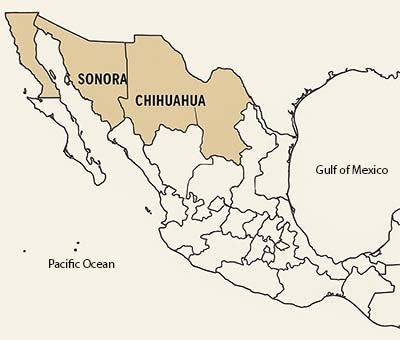
Burritos are most commonly found in northern Mexican states such as Chihuahua, Sonora, and parts of Baja California. They are especially popular in cities near the U.S. border, including Ciudad Juárez, Mexicali, and Tijuana. In these places, burritos are considered an everyday meal, simple, portable, and filling.
But if you travel to central or southern Mexico, you’ll find that burritos are relatively uncommon. In places like Mexico City, Puebla, or Oaxaca, corn tortillas dominate, and dishes like tacos, quesadillas, and tlacoyos are far more typical. You might find burritos in tourist-heavy areas or chain restaurants that cater to foreign tastes, but they are not a central part of the food culture in most of the country.
This regional divide often surprises visitors, especially those who assume that the burrito is a classic, nationwide Mexican dish. In reality, it is much more localized, with strong ties to the northern states and border communities.
Traditional Burritos vs Americanized Versions
In northern Mexico, traditional burritos are pretty different from what many people outside the country might expect. They are typically small to medium in size, made with a fresh flour tortilla, and contain just one or two ingredients: often refried beans, stewed meat, or chile relleno. There is no rice, no guacamole, and rarely any cheese or sour cream.
The emphasis is on simplicity and flavor. A burrito might contain machaca (shredded dried beef), carnitas (slow-cooked pork), or papas con chorizo (potatoes with sausage). In border cities, breakfast burritos filled with eggs and beans are also common.
In contrast, the burritos served in the United States and elsewhere tend to be much larger and more complex. Burritos are often filled with multiple ingredients and wrapped into oversized portions. The “mission-style” burrito, popularized in San Francisco, includes rice, beans, meat, cheese, lettuce, salsa, sour cream, and guacamole, all in one tortilla. This style has become a template for chain restaurants and fast-casual dining around the world.
While these burritos are delicious in their own right, they differ significantly from their northern Mexican roots. Many Mexicans outside of the north may not recognize these oversized versions as a traditional burrito at all.
Regional Variations Within Mexico
Even within the northern states where burritos are common, there are regional variations worth noting.
In Chihuahua, street vendors regularly sell burritos as part of daily food culture. They fill them with local stews, beans, chile colorado, or chile verde, then roll them to order. People typically eat these burritos by hand, making them a convenient option for those in a hurry.
In Sonora, cooks often use thin, stretchy flour tortillas known for their softness and slight chew. Tortillas are filled with grilled meats like carne asada or ingredients such as squash blossoms and nopales.
In Baja California, particularly near the U.S. border, burritos often reflect a blend of Mexican and Californian influences. While they remain rooted in Mexican tradition, they may include fillings like shrimp, fish, or even French fries.
In Durango and Coahuila, burritos are also popular, but they tend to be simpler in construction, often limited to a single protein or a mix of beans and cheese.
These differences show how flexible the burrito is as a food. Depending on where you are, the fillings, tortilla thickness, and size may vary, but the core idea remains the same: a rolled flour tortilla containing a warm, satisfying filling.
Burritos and Border Culture
The popularity of burritos in northern Mexico cannot be separated from the close ties to the United States. Border cities have long been cultural crossroads, where food traditions move easily in both directions. The burrito, shaped by life on the border, is one of the clearest examples of this exchange.
In places like Tijuana and Ciudad Juárez, burritos are not just a meal but a reflection of shared experiences. Family relationships don’t stop at the border. The food in this region reflects that blend of cultures. Burritos made in these cities often walk a line between Mexican and American styles, borrowing ingredients and techniques from both.
The growth of Mexican-American communities in the U.S. also helped popularize burritos abroad. What started as a simple street food became a defining item in fast-casual Mexican cuisine. Today, burritos are popular across the world. They are found in university cafeterias in Canada to food stalls in Tokyo. But their deep roots remain in northern Mexico.
What Burritos Are Not
It’s important to understand that burritos are not a universal Mexican food. They are not commonly found in every household across the country, nor are they a significant part of most regional cuisines in southern and central Mexico.
While many dishes in Mexico involve wrapping ingredients in tortillas—such as tacos, enchiladas, and tamales—the concept of sealing all the ingredients inside a rolled flour tortilla is far more specific to the north. In most parts of Mexico, corn remains the dominant grain, and corn tortillas are used in a wide variety of preparations. The presence of flour tortillas and rolled burritos is more of a local tradition than a national standard.
This doesn’t make burritos any less authentic. It simply means they are part of a specific regional food culture that has grown and spread through migration and innovation.
Burritos Around the World
The burrito’s journey from the markets of northern Mexico to the menus of global fast-food chains is remarkable. It speaks to the adaptability of the dish and its ability to meet the needs of busy people looking for a convenient, filling meal.
In the United States, burritos have become a standard offering not just in Mexican restaurants but also in school cafeterias, supermarkets, and home kitchens. Vegetarian versions, vegan alternatives, and fusion burritos with international ingredients have all appeared. There are sushi burritos, breakfast burritos, and dessert burritos, each a twist on the original concept.
Despite all these changes, the essence of the burrito remains the same: a tortilla wrapped around something warm, flavorful, and satisfying.
Final Thoughts
Burritos are a beloved food with deep roots in northern Mexico, especially in states like Chihuahua and Sonora. While they are closely tied to Mexican identity in the minds of many people, their actual presence in Mexico is more regional than national. They are not commonly eaten in most parts of the country and are not representative of the broader Mexican cuisine.
Still, burritos hold an important place in both Mexican and Mexican-American culture. They reflect life along the border, where traditions blend and evolve. They show how a simple meal can travel far and take on new meanings, while still honoring the place it came from.
Understanding the real story of burritos helps us appreciate them even more, not just as something delicious to eat, but as a food shaped by geography, history, and cultural exchange.

